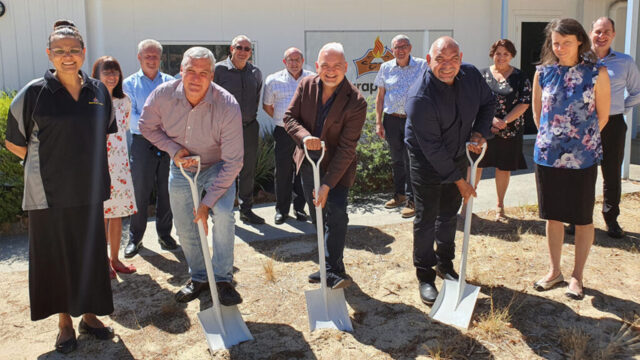I prayed to know my real size—a speck of animated dust in uncounted galaxies ruled by the God who still loves me.

“For those who pray, each place can be a church.”
Art galleries aren’t often places of devotion, or at least the praying others can observe. The carefully curated paintings are usually reminders of the soaring drama of human life, with all its laughter, tragedy, and pain. We admire the genius of the artist; the mastery of light and shadow; the boldness of a color palate; the intimate portrayal of a human face. The art we humans create is a signpost that we existed—that our lives and deeds and rivalries all mattered in the dust of time. Even the finest religious art often celebrates our human response to God.
But there was a day when wandering through a gallery brought me to prayer. An exhibition in Washington, D.C., featured the work of a nineteenth-century American painter, Thomas Cole. Announcements appeared in both local and national media, hinting at what critics called “transcendence”—a glimpse of that which doesn’t begin with humanity nor end with summaries of human achievement.
For a change, the media promises didn’t disappoint. Not only was Cole’s impressive legacy of work centered on the geographical region I consider “home,” but I found myself intrigued by an artist who grasped what has eluded hundreds of talented others: “All flesh is as grass, and all the glory of man as the flower of the grass. The grass withers, and its flower falls away” (1 Peter 1:24).
It was often difficult to find the human figures in Thomas Cole’s sweeping landscapes of the Catskill and Berkshire Mountains of America’s Northeast. In some paintings a single, tiny human appeared, dwarfed by the towering reality of a world he didn’t create and couldn’t control. In another, only human tools—the artist’s easel and brushes—appeared, as though he must retreat before forces infinitely greater than himself. The story of human life, as Cole imaged it, is seen on the canvas of God’s vast and stellar handiwork. There can be no boasting about battles won, political power exerted, or even human piety. “When I look at your heavens, the work of your fingers, the moon and the stars that you have established; what are human beings that you are mindful of them, mortals that you care for them?” (Ps. 8:3, 4, NRSV).*
And so I prayed—not on my knees, nor with uplifted hands— but with that silent language in which we speak most honestly to God. I prayed to know my real size—a speck of animated dust in uncounted galaxies ruled by the God who still loves me.
We find God in those places where we look for Him, not only in those places where we expect Him. Believers don’t restrict their worship or their praying to their morning time alone with God or the public worship in a church. He meets us in the dailiness of raising children, building homes, using media, mingling with friends.
We pray for greater, Spirit-tuned attentiveness—to hear “what the Spirit is saying to the churches” (Rev. 3:22, NRSV). We pray that our dull senses will be awakened to the God who is constantly searching for us.
* Bible texts credited to NRSV are from the New Revised Standard Version of the Bible, copyright © 1989 by the Division of Christian Education of the National Council of the Churches of Christ in the U.S.A. Used by permission.








